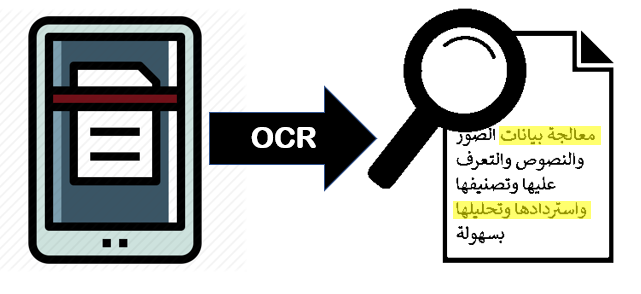
OCR in 2023: Exploring the Latest Trends in Optical Character Recognition
Optical Character Recognition (OCR) technology has come a long way since its inception. As we move further into 2023, OCR continues to evolve and adapt to the demands of an increasingly digital world. In this blog post, we will delve into the latest trends in OCR technology and discuss how these advancements are reshaping industries and revolutionizing the way we process and extract information from text.
Artificial Intelligence and Machine Learning
The integration of artificial intelligence (AI) and machine learning algorithms into OCR technology has significantly improved its accuracy and efficiency. These advanced techniques allow OCR systems to learn from vast datasets and adapt to different writing styles, languages, and document formats. This development has led to a new generation of OCR solutions that can handle complex documents with higher precision, opening up new possibilities for various industries.
Multilingual OCR Solutions
As businesses expand their global reach, the demand for multilingual OCR solutions has grown exponentially. The latest OCR systems can recognize and extract text from a vast array of languages, including those with unique scripts and character sets, such as Arabic, Chinese, and Japanese. These multilingual OCR solutions enable organizations to streamline their operations and communicate more effectively in an increasingly interconnected world.
OCR Integration with Cloud Services
The integration of OCR technology with cloud services has made it more accessible and versatile. Cloud-based OCR solutions allow users to access and process documents from anywhere, at any time, using any device with an internet connection. This flexibility enhances collaboration and productivity while reducing the need for local storage and processing power.
OCR for Handwriting Recognition
Historically, OCR technology has primarily focused on recognizing printed text. However, the latest advancements in AI and machine learning have led to significant improvements in handwriting recognition. As OCR systems become better at deciphering various handwriting styles, they are increasingly being used to process handwritten documents, such as historical manuscripts, medical records, and personal notes, broadening the scope and potential applications of OCR technology.
OCR in Mobile Devices and Applications
The increasing ubiquity of smartphones and mobile devices has paved the way for the integration of OCR technology into mobile applications. With OCR-enabled apps, users can easily capture and process text from documents, business cards, and images on the go. These mobile OCR solutions can assist with language translation, data entry, and document management, making daily tasks more manageable and efficient.
Enhanced Security and Privacy
As data security and privacy concerns grow, OCR technology is evolving to address these challenges. The latest OCR systems offer robust encryption and data protection features, ensuring that sensitive information remains secure during processing and storage. Additionally, some OCR solutions now include redaction capabilities, allowing users to remove confidential information from documents before sharing or storing them.
Conclusion
The OCR landscape in 2023 is marked by rapid advancements in AI, machine learning, and cloud computing. These innovations are driving improvements in accuracy, efficiency, and versatility, enabling OCR technology to cater to an ever-growing range of applications and industries. By staying informed about the latest trends in OCR and embracing these new capabilities, businesses and organizations can unlock the full potential of this transformative technology and streamline their operations in the digital age.
